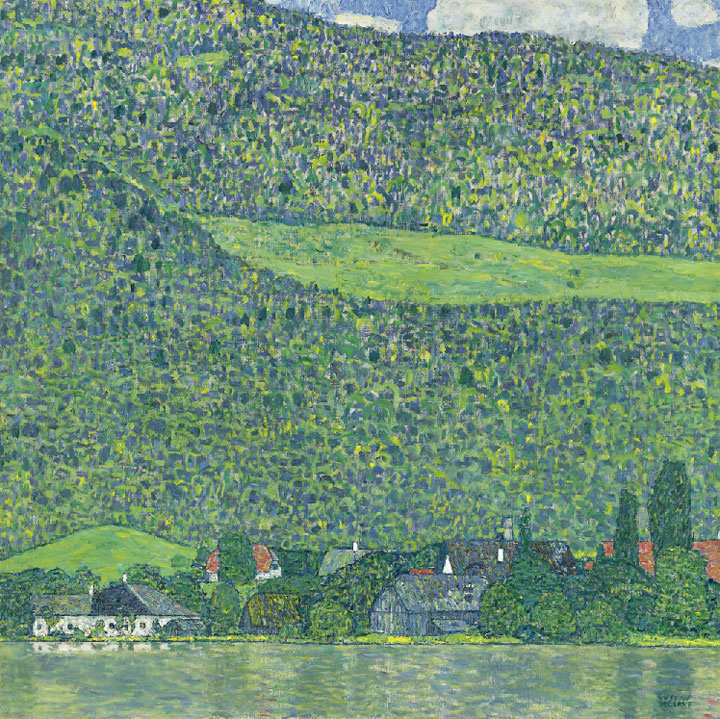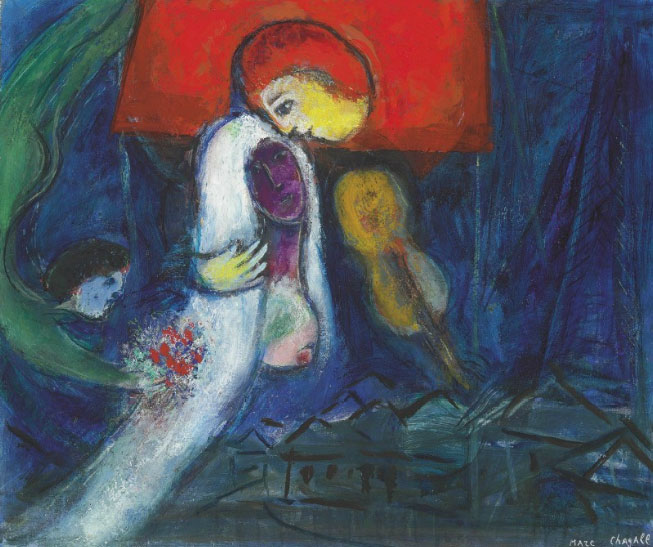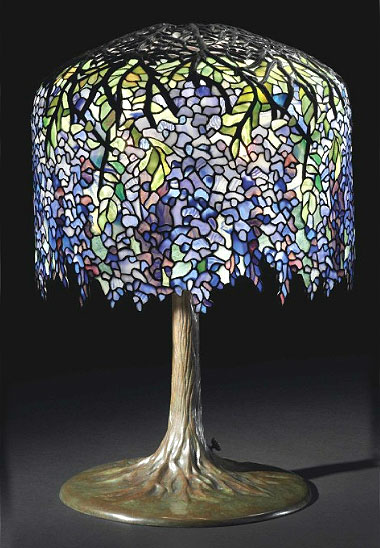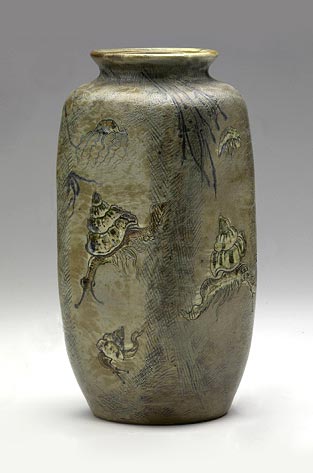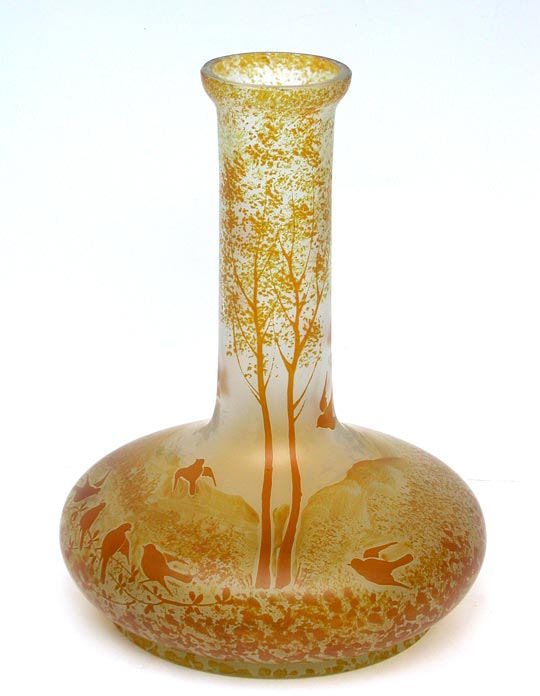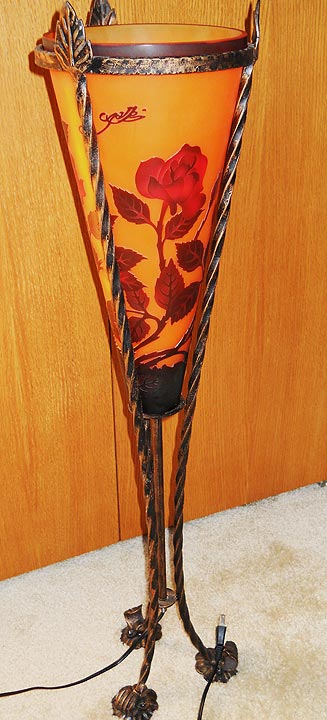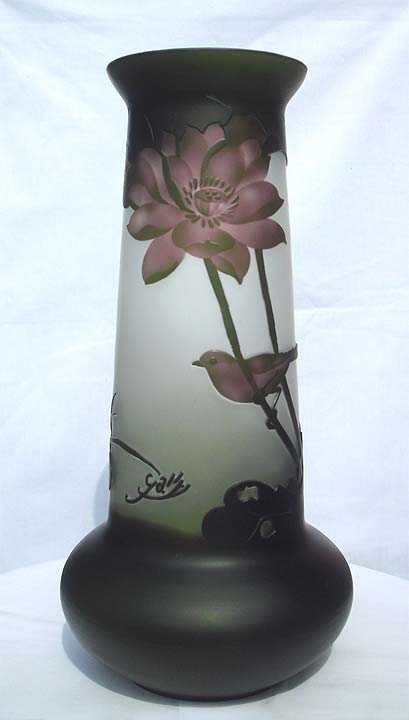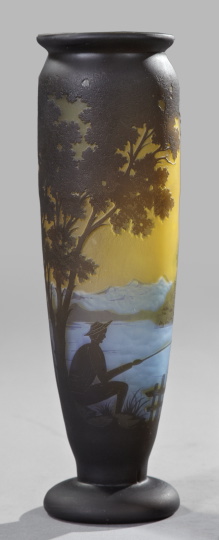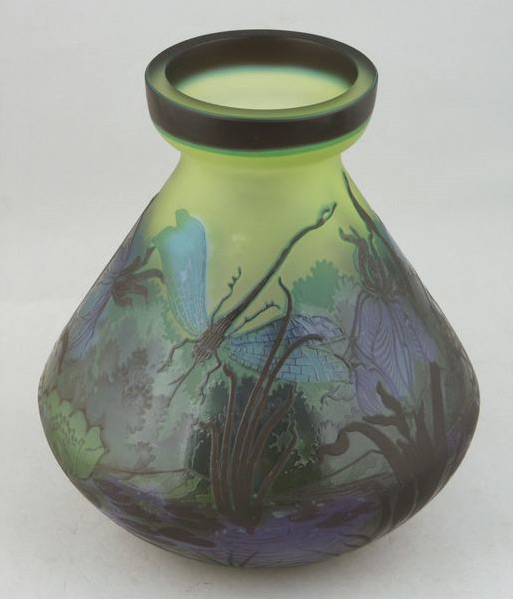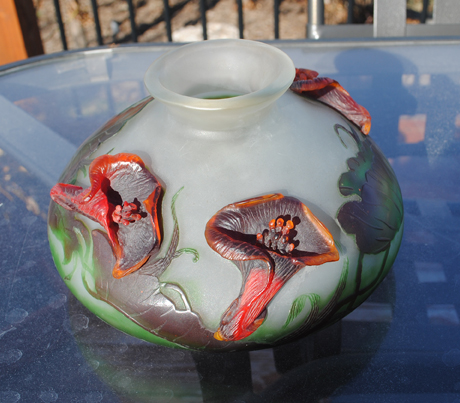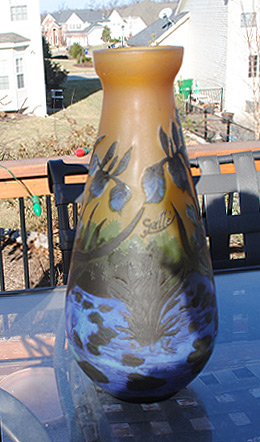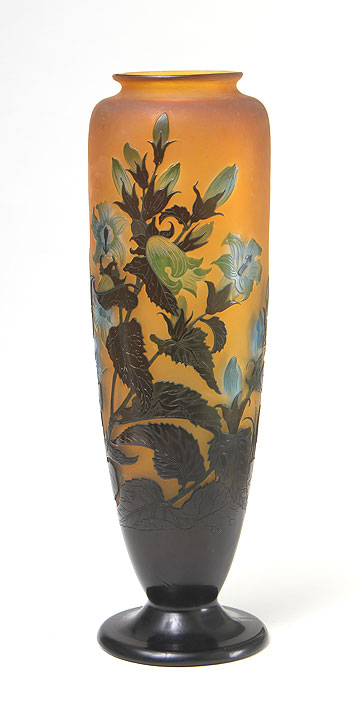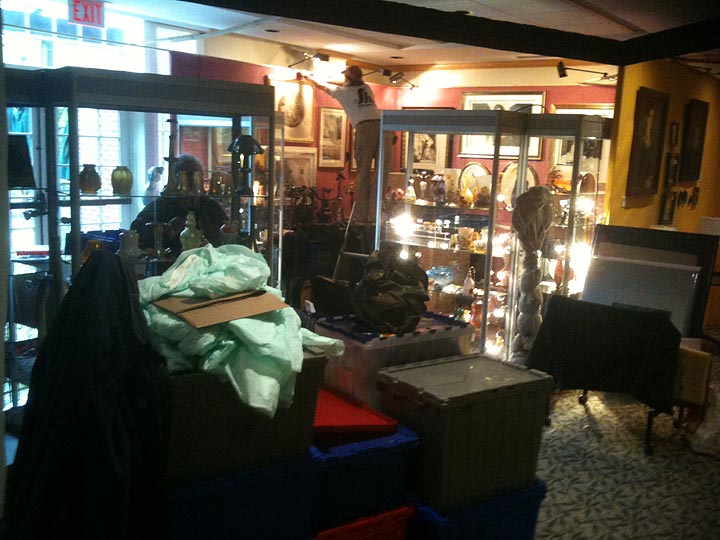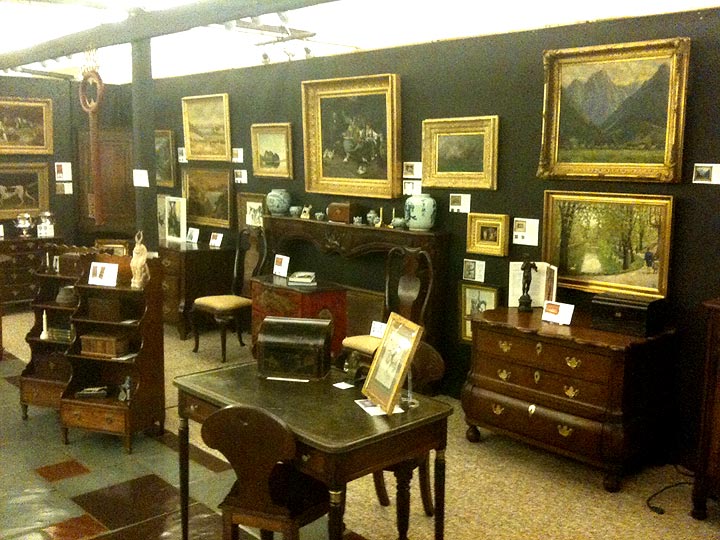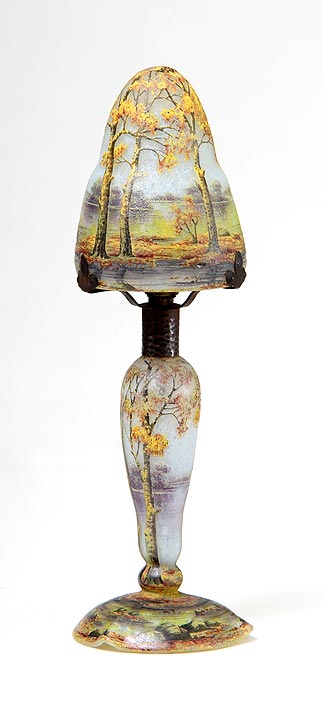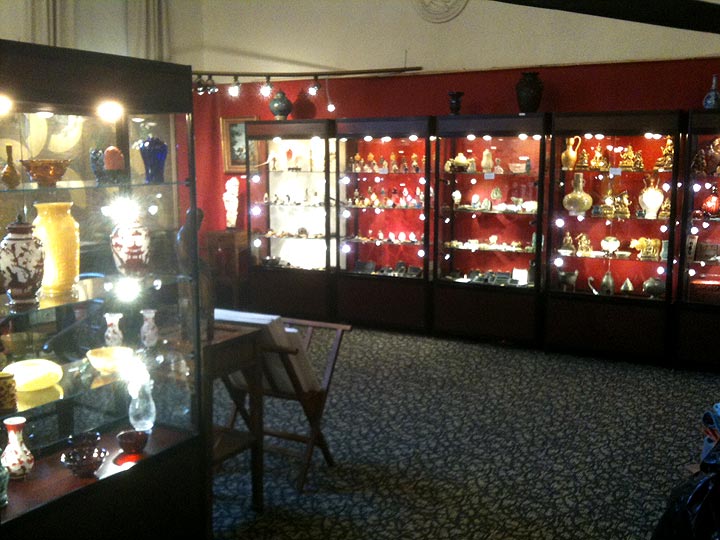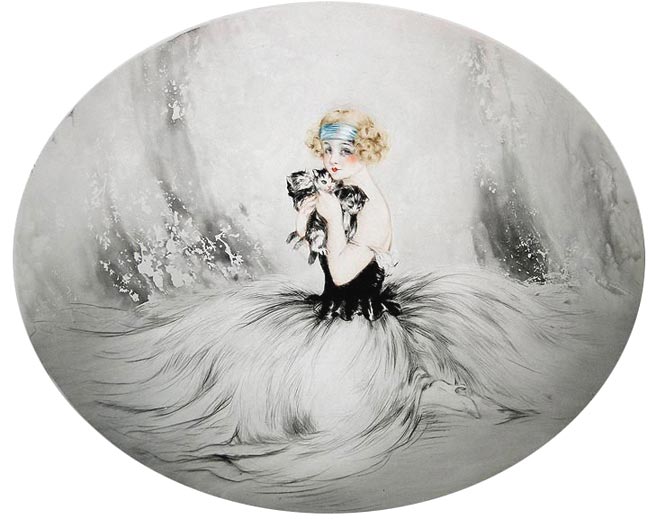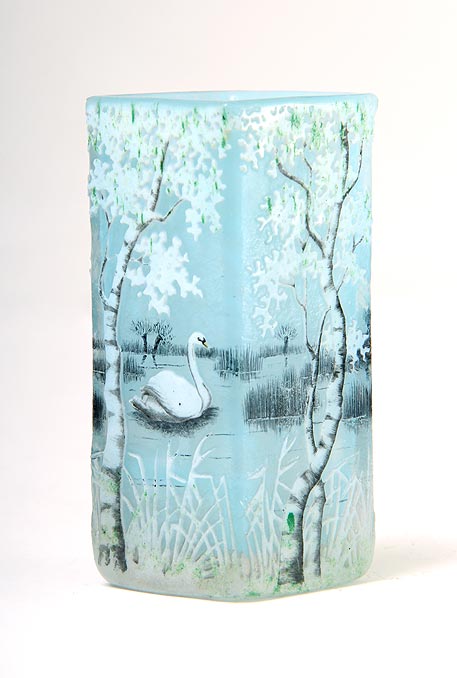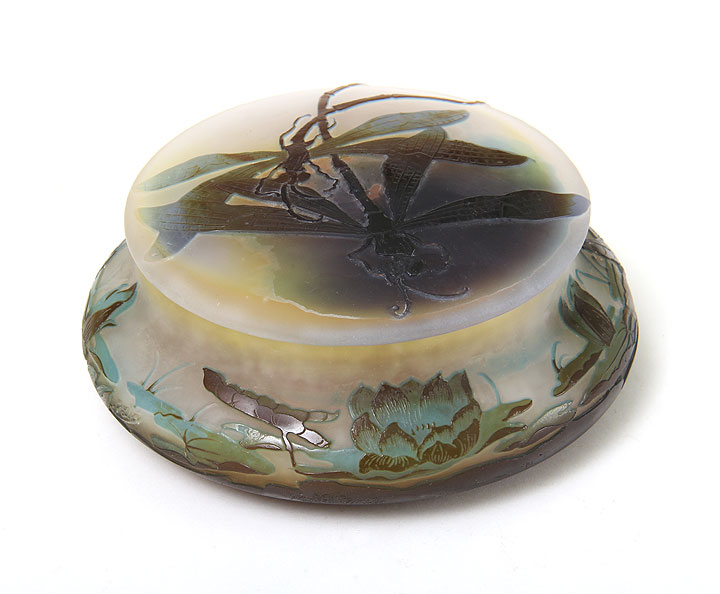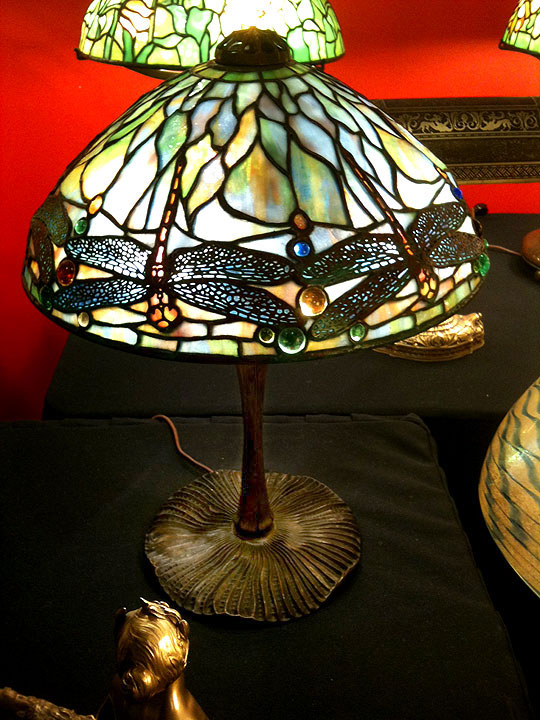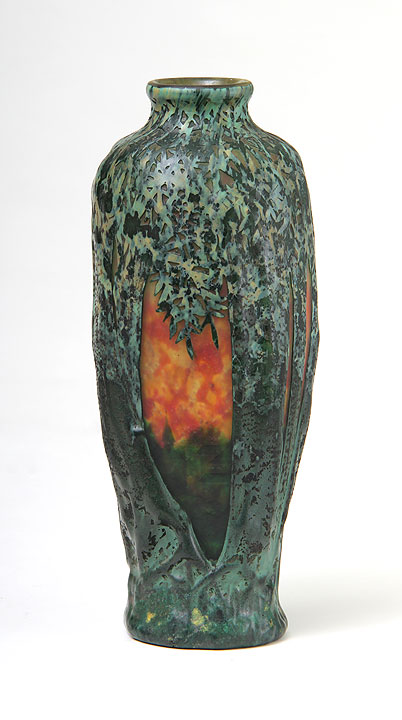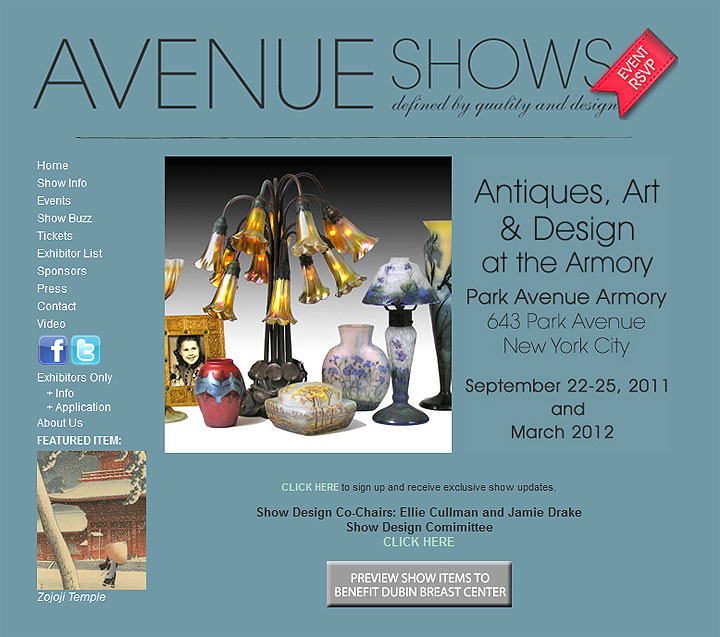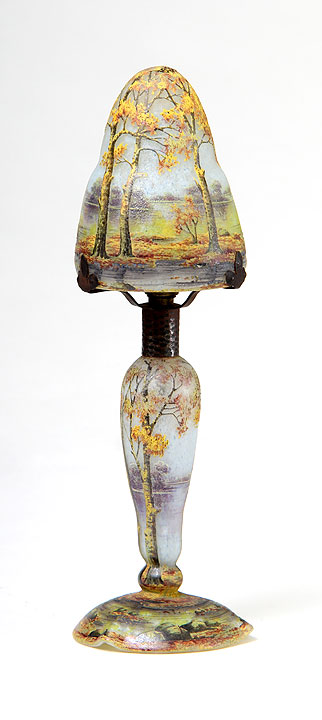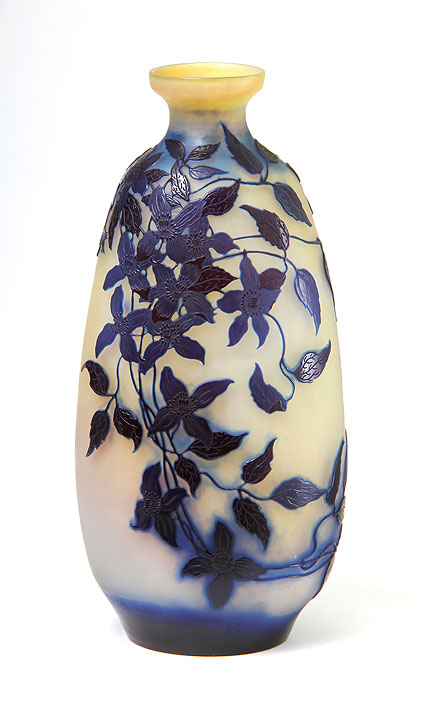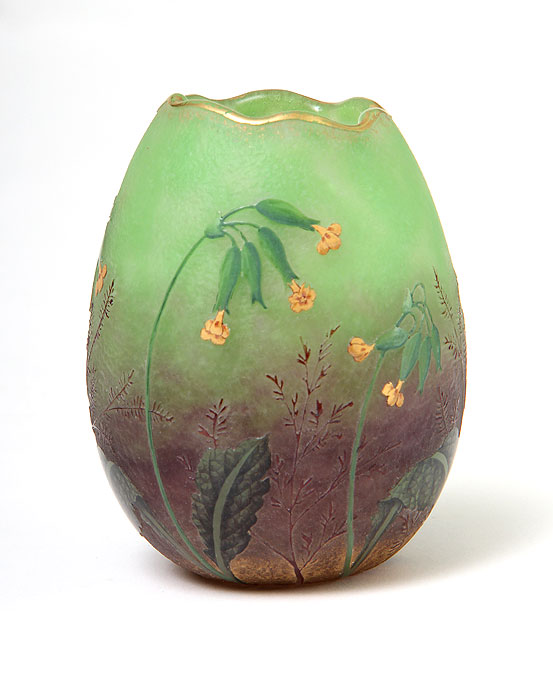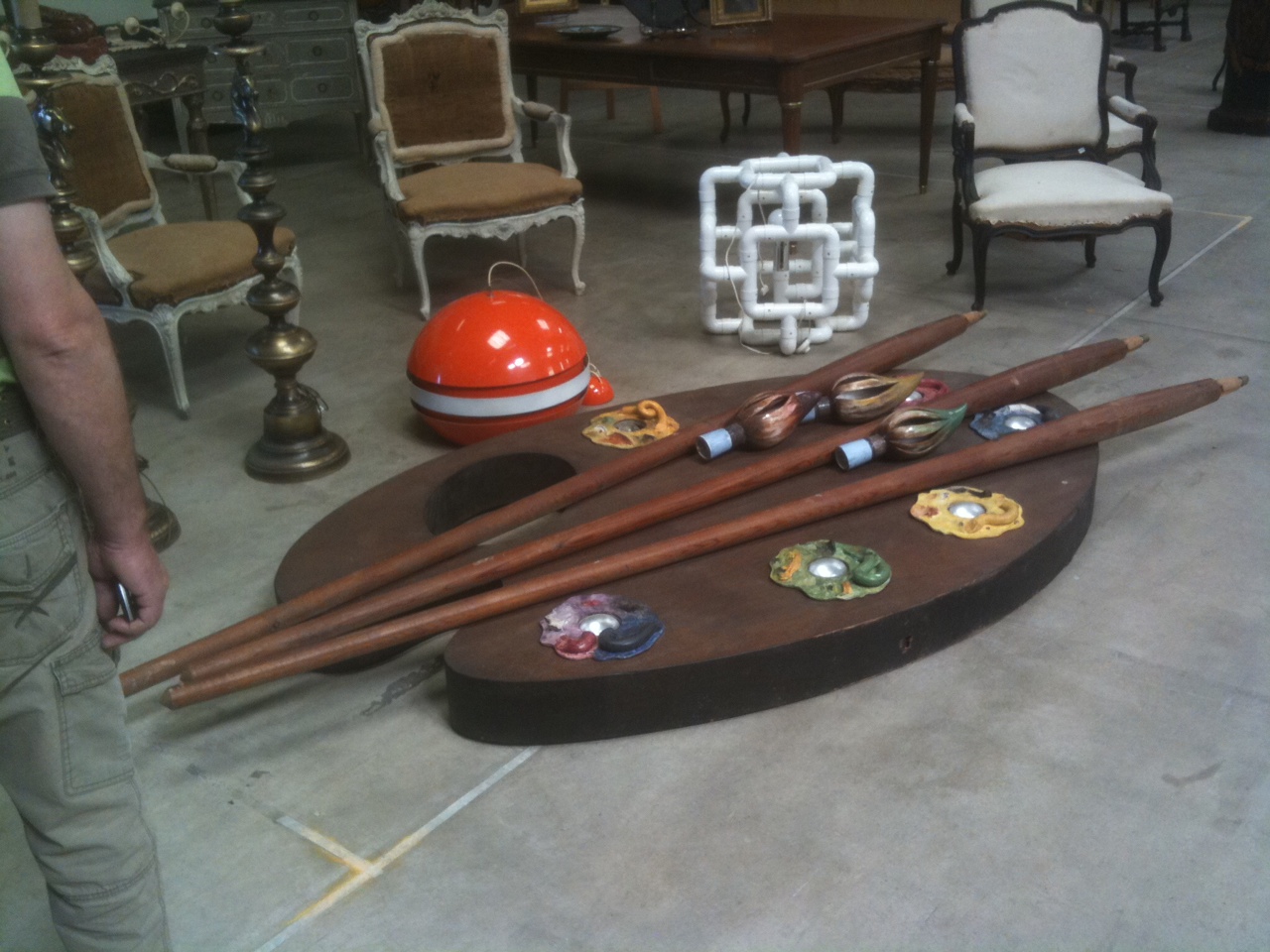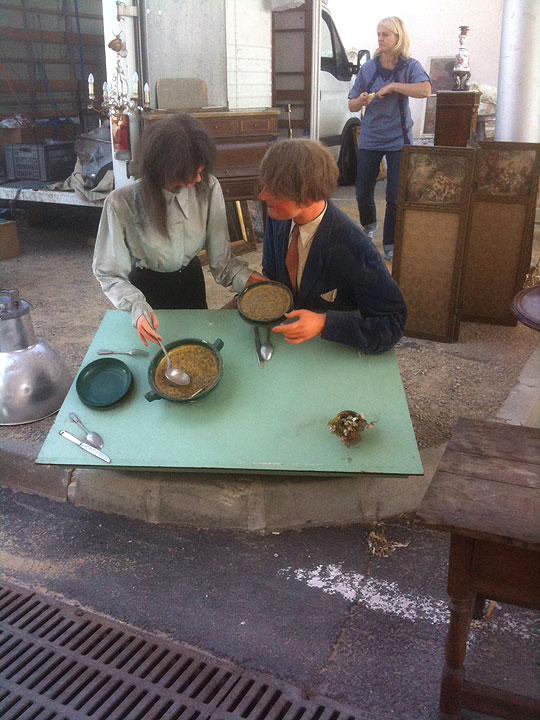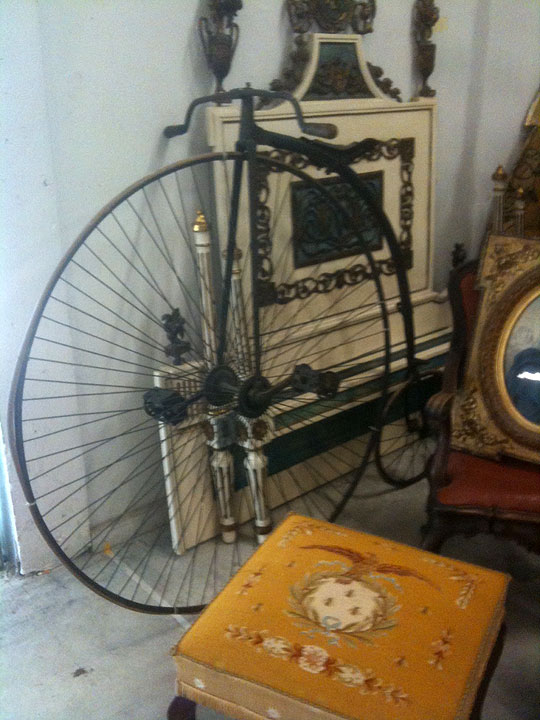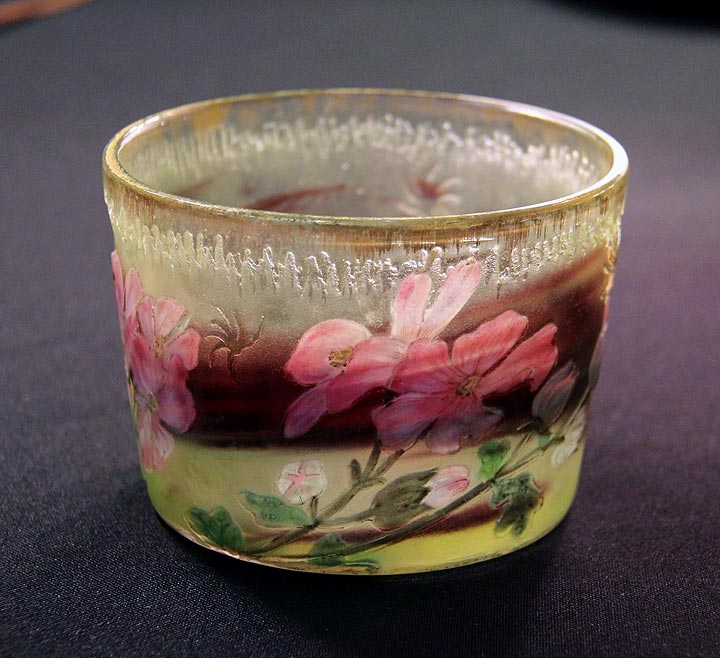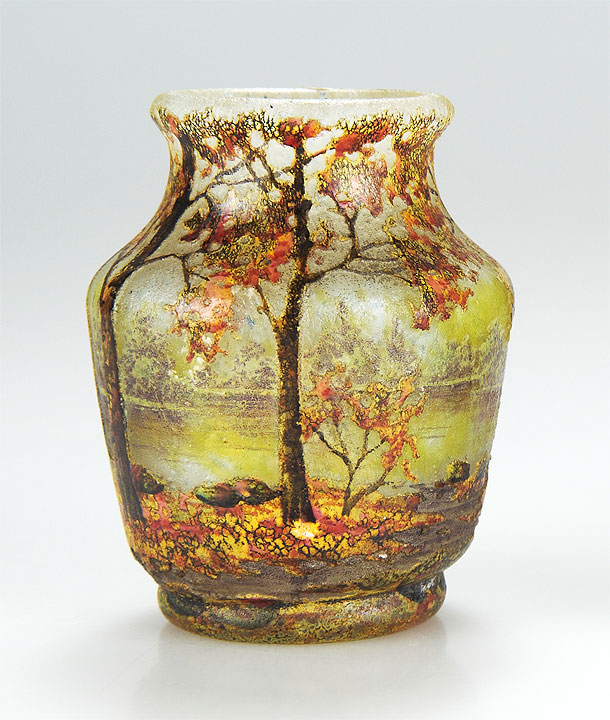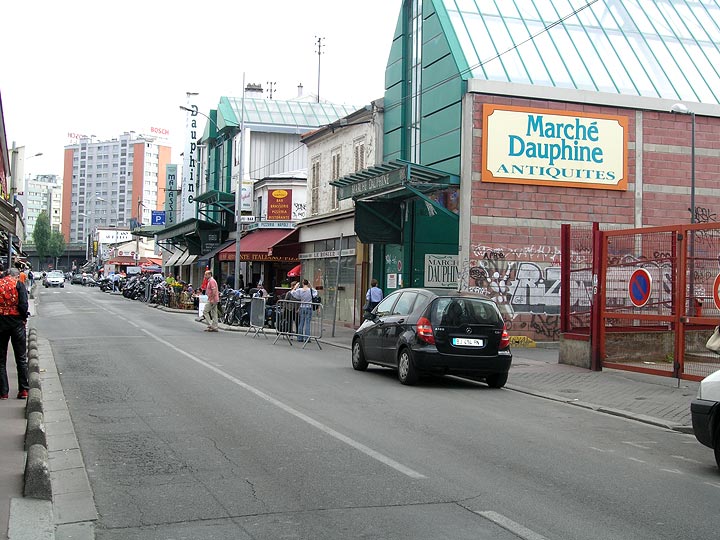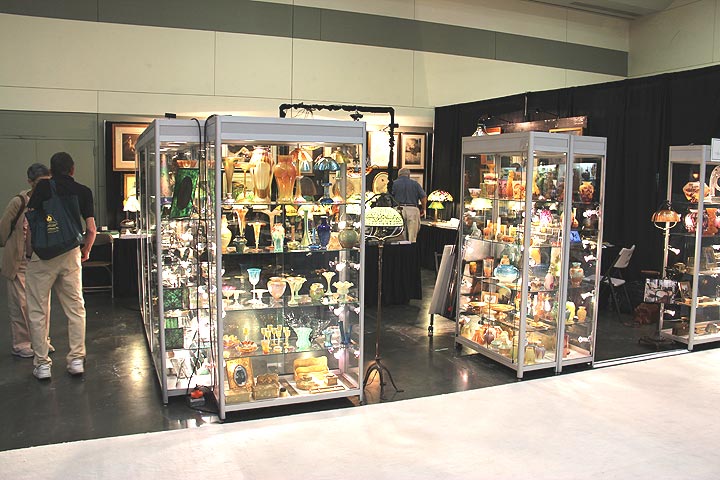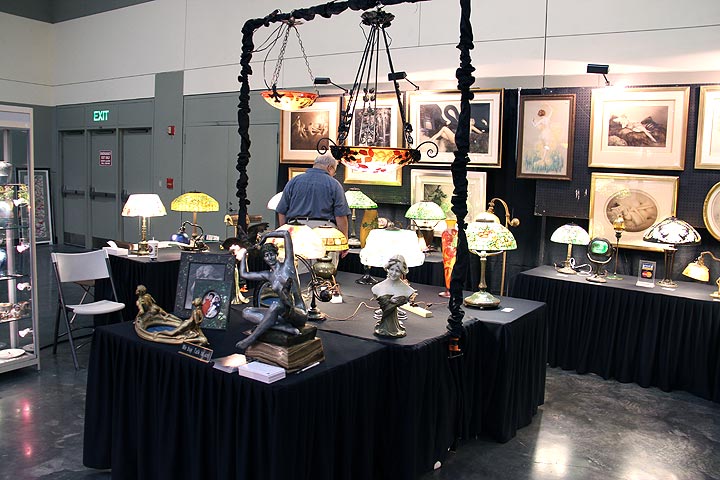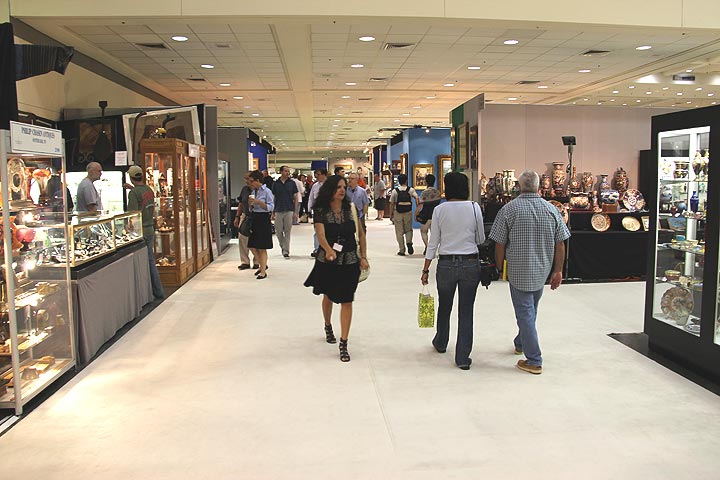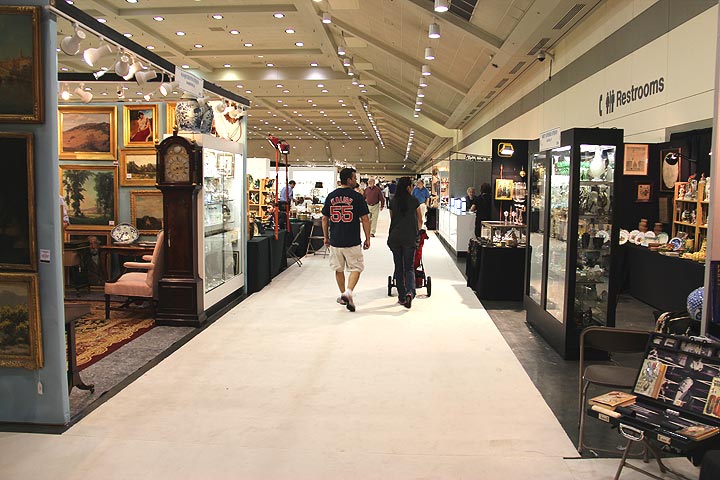Recently I’ve had more time to write about the interesting things happening in the antiques world. When there’s no one in my booth at a show, I keep busy by writing blog posts. So for the next few weeks, I will publish new posts twice a week — Mondays and Thursdays. However, if you don’t see a new post on Thursday, it’s because I was too busy, so please look for a new one the following Monday.
If you just listen to the news, you would think that the sky has fallen. The housing market is bad in many parts of the country, with many homeowners underwater. Unemployment is currently 9%. The Occupy Wall Street movement has spread. The financial troubles in Greece, Italy and the rest of Europe make stock market investors shiver.
But I’m looking out of my window and see that not only has the sky not fallen, but the sun is shining. There appear to be some good anecdotal economic signals. Sales of luxury cars are improving. Reservations are difficult to get at top restaurants. The antiques business is solid, with new auction records being set for art and antiques. Sotheby’s New York Impressionist & Modern Art sale realized a strong $199,804,500 just a few days ago.
Here’s my take on what’s going on– no deep analysis, just my observations. There appears to be a dichotomy between the haves and the have-nots — between two dimensions that exist together, but do not interact. On the one side are all the people in the news who are in trouble. They’re worried about the next mortgage payment, not about purchasing antiques. On the other side is a quiet group, not in the news, of successful entrepreneurs, business people and professionals. They aren’t suffering, rather they’re prospering. They have disposable income and are the ones who are actively involved in supporting the art and antiques markets — and they’re not just Americans. Chinese buyers are paying extraordinary prices to repatriate their treasures and are dabbling in other areas. Russian buyers are still active, but less so than a few years ago. Brazilian buyers are starting to flex their economic muscles.The Tiffany Studios glass and lamp market is solid. So is the French cameo glass market. That’s not to say that all areas are doing well. For instance, in markets that I have personal knowledge, art glass shades, Steuben glass, Rookwood pottery, Louis Icart etchings and some others are soft. In the early 1990s, the severe recession in the antiques market caused prices to drop precipitously. In some cases, prices dropped over 50% from their peaks (but recovered smartly in the second half of the decade). Nowadays, prices are increasing in many areas. Some collectors are investing, hoping that fine antiques will be a good addition to a diversified portfolio. I’m frequently asked about investing in antiques, but since I’m not good at predicting, I try to restrict my advice to factual information about quality, rarity and condition.
The Pier Antiques Show will be held on the weekend of November 19-20. Sometimes it helps me gauge the health of the market. December is also a big month for auctions. Every major (and minor) auction house holds a 20th Century sale. Those results should be telling. For me, the best predictor of the year to come are the results of the big Miami Beach Convention Center Antiques Show in early February. Buyers fly in from all over the world, so it’s possible to take the pulse of the international market. Here’s hoping good business will continue.
In the meantime, check the listings on my website, which I will update as often as I can. I’ll be photographing all my new Gallé and Daum purchases and listing them on my website. Recently I listed quite a few Tiffany, Handel and Pairpoint lamps and a very rare Louis Icart etching, Mardi Gras. There are also several fine Daum vases; a Daum lamp; several Galle vases; and several more Tiffany Favrile vases. Coming soon will be several wonderful European ceramic items by Clement Massier, Zsolnay and Amphora. Here’s the link. chasenantiques.com

